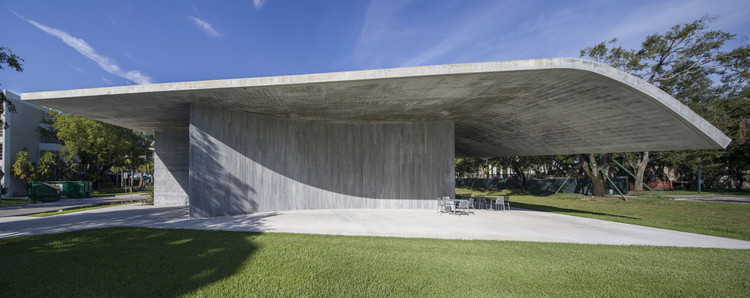Architectural landscape design is the art and science of designing, planning, and building outdoor buildings or other outdoor structures. Architectural projects, in the conventional sense of the word, are usually perceived as works of architecture and as visual symbols. In reality, architectural landscape planning is an extremely dynamic and creative process which requires careful evaluation and implementation. This paper will provide an introduction to landscape design through an example; by selecting a specific element such as a garden statue, it becomes possible to produce a dynamic visual experience which can be used in a multitude of settings.

The term ‘architecture’ usually refers to the production of structures that stand on their own, without reference to any type of human presence. The field of architecture encompasses many different subsets, including park and city design, urban design, landscape architecture, and others. Within the last few years, the integration of landscape architecture into urban planning and design has become more popular. This has resulted in increased interest among architects, who now see the integration of these principles with residential and planning architecture.
The landscape of an urban setting is highly dependent on its context, the size of the region, and local preferences. A large-scale renovation of a city’s urban landscape would require drastic changes in the existing urban fabric. Urban planners must therefore consider the compatibility of new construction methods and compatible landscapes, as well as the compatibility of building procedures with the desired site conditions. Urban renewal projects can affect the character of the surrounding neighborhoods, but rarely have an impact on the character of the buildings themselves. It is rare for an urban renewal project to completely destroy the existing character of the neighborhood. Instead, most projects tend to integrate the landscape in some way, so as to achieve positive effects on the surrounding neighborhoods.
Landscape architecture is the application of technical know-how for the creation of a building, its surroundings, and the integrated design of man-made and natural resources. A major portion of the work of architects and designers is involved in landscape planning and design. In recent times, there has been an increase in the use of vernacular architecture as an alternative to conventional architectural styles.
A typical element of landscape planning and design is the form of the buildings. Buildings are usually placed to the best advantage in relation to their surroundings. In fact, an architect may find that it is difficult to build a building that fits well in a small town, where the surrounding buildings are very similar in size and shape. The purpose of an architect is to maximize the functionality of any given building, while taking care of all the local constraints. An architect is well placed to judge the appropriate positioning of a building along a street or alley. While commercial buildings may be required to comply with certain requirements in respect of height, construction materials, and others, an architect can work out special arrangements with regard to form and function.
Another field in which classical architecture is very popular is in furniture and decorative art. There are many artists who have a particular penchant for designing ornamental items. Classical architecture allows these artists to showcase their talents. Some famous architectural styles in use today include Georgian, Baroque, Classical, and Gothic Revival.